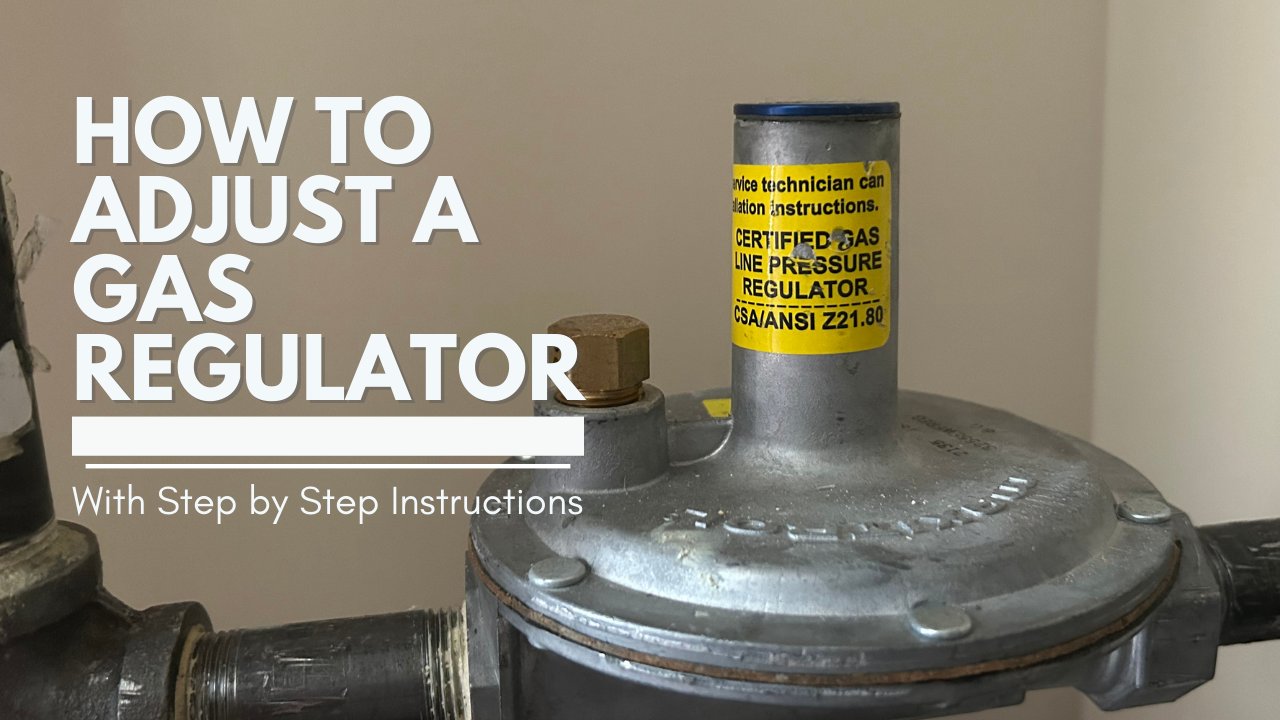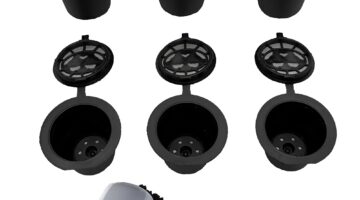
Ultimate Guide: How To Adjust A Propane Regulator
Adjusting a propane regulator is a crucial step in ensuring your gas appliances work efficiently. To adjust a propane regulator properly, you need to understand the process and follow the right steps. Proper adjustment ensures proper gas flow and pressure, which are essential for safe and effective operation. In this guide, we will walk you through the steps on how to adjust a propane regulator correctly to keep your appliances running smoothly. Let’s dive in and learn the necessary skills to maintain your propane system.
How to Adjust a Propane Regulator: A Comprehensive Guide
Welcome to our guide on adjusting a propane regulator! Propane regulators are crucial components of your gas system, ensuring a safe and steady flow of propane to your appliances. Whether you’re a seasoned DIY enthusiast or a novice homeowner looking to learn more about propane systems, this step-by-step guide will walk you through the process of adjusting a propane regulator with ease.
Understanding the Basics of a Propane Regulator
Before we delve into the adjustment process, let’s first understand what a propane regulator does. A propane regulator is a device that controls the flow of propane from your tank to your appliances. It reduces the high pressure of the propane in the tank to a safe and consistent pressure for use in your home.
Regulators have a pressure rating measured in BTUs (British Thermal Units) per hour, indicating the maximum flow rate they can handle. It’s essential to ensure that your regulator is correctly adjusted to prevent issues such as fluctuating flame sizes or inefficient appliance operation.
Gathering the Necessary Tools
Before you start adjusting your propane regulator, make sure you have the following tools on hand:
- Adjustable wrench
- Manometer (for measuring gas pressure)
- Protective gloves
- Safety goggles
Checking for Gas Leaks
Before proceeding with any adjustments, it’s crucial to check for gas leaks in your system. To do this, mix a solution of soapy water and apply it to the regulator connections and the gas line fittings. Turn on the gas, and if you see bubbles forming, it indicates a leak. In this case, turn off the gas immediately and tighten the connections or seek professional help.
Adjusting the Pressure
Now, let’s move on to the actual adjustment process. Follow these steps to adjust the pressure of your propane regulator:
Step 1: Locate the Regulator
The propane regulator is usually located near the propane tank or at the beginning of the gas line. It looks like a cylindrical device with an inlet and outlet connection.
Step 2: Turn Off the Gas
Before making any adjustments, ensure that the gas supply to the regulator is turned off. This can usually be done by closing the valve on the propane tank.
Step 3: Loosen the Locking Nut
Using an adjustable wrench, loosen the locking nut on the regulator. This nut secures the adjustment screw in place.
Step 4: Adjust the Pressure
With the locking nut loosened, use a screwdriver to turn the adjustment screw clockwise to increase the pressure or counterclockwise to decrease the pressure. Use the manometer to check the pressure and make precise adjustments.
Step 5: Secure the Locking Nut
Once you’ve achieved the desired pressure setting, tighten the locking nut to secure the adjustment screw in place. Ensure it is snug but not overtightened.
Testing the Regulator
After adjusting the pressure, it’s essential to test the regulator to ensure it’s functioning correctly. Turn on the gas and check the flame on your appliances. The flame should be steady and blue. If you notice any issues, double-check the pressure setting and make adjustments as necessary.
Maintaining Your Propane System
Regular maintenance of your propane system is key to ensuring its efficiency and safety. In addition to adjusting the regulator, it’s essential to check for leaks, replace worn-out components, and schedule professional inspections periodically.
Adjusting a propane regulator may seem daunting at first, but with the right tools and knowledge, you can confidently maintain your gas system at home. By following the steps outlined in this guide and staying vigilant about safety precautions, you’ll be able to ensure a smooth and reliable flow of propane to your appliances. Remember, if you’re ever unsure about making adjustments to your propane system, don’t hesitate to seek help from a qualified professional.
Thank you for reading our comprehensive guide on how to adjust a propane regulator. We hope you found it informative and empowering. Stay safe and enjoy the benefits of a well-maintained propane system in your home!
How To Reset Your Propane Regulator
Frequently Asked Questions
What tools are needed to adjust a propane regulator?
To adjust a propane regulator, you will typically need an adjustable wrench, a screwdriver, soapy water solution for leak testing, and protective gloves or goggles for safety.
How can I tell if my propane regulator needs adjustment?
If you notice inconsistent flame patterns, yellow or flickering flames, or difficulties maintaining a steady heat output on your propane appliance, it might indicate that the regulator needs adjustment.
Can I adjust the pressure output of a propane regulator myself?
Yes, you can adjust the pressure output of a propane regulator yourself by carefully following the manufacturer’s instructions and using the appropriate tools. However, if you are unsure, it’s best to seek professional help to avoid any potential risks.
What is the recommended procedure for adjusting a propane regulator?
First, turn off the propane supply and disconnect the regulator. Use the appropriate tools to adjust the pressure setting according to the manufacturer’s guidelines. Reconnect the regulator, check for leaks using soapy water, and test the propane appliance to ensure proper functioning.
Final Thoughts
To adjust a propane regulator, follow these steps: first, carefully locate the adjustment screw. Next, use a screwdriver to turn the screw clockwise to increase pressure or counterclockwise to decrease. Ensure to test the pressure with a gauge after each adjustment to ensure it’s within the desired range. By following these simple steps, you can safely and effectively adjust a propane regulator to suit your needs. Adjusting a propane regulator is a straightforward process that can be done with just a few simple tools and a little know-how.




